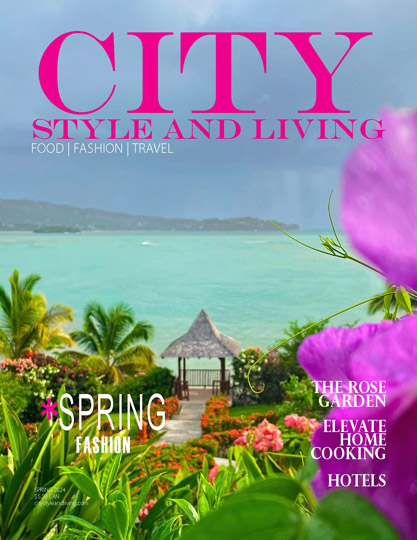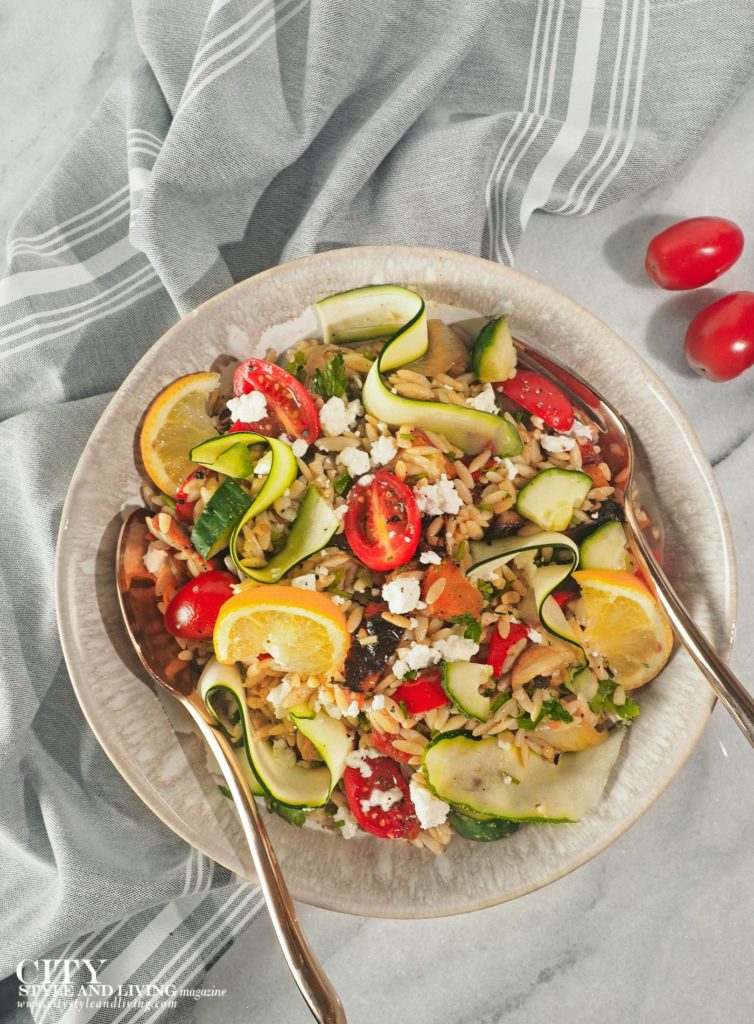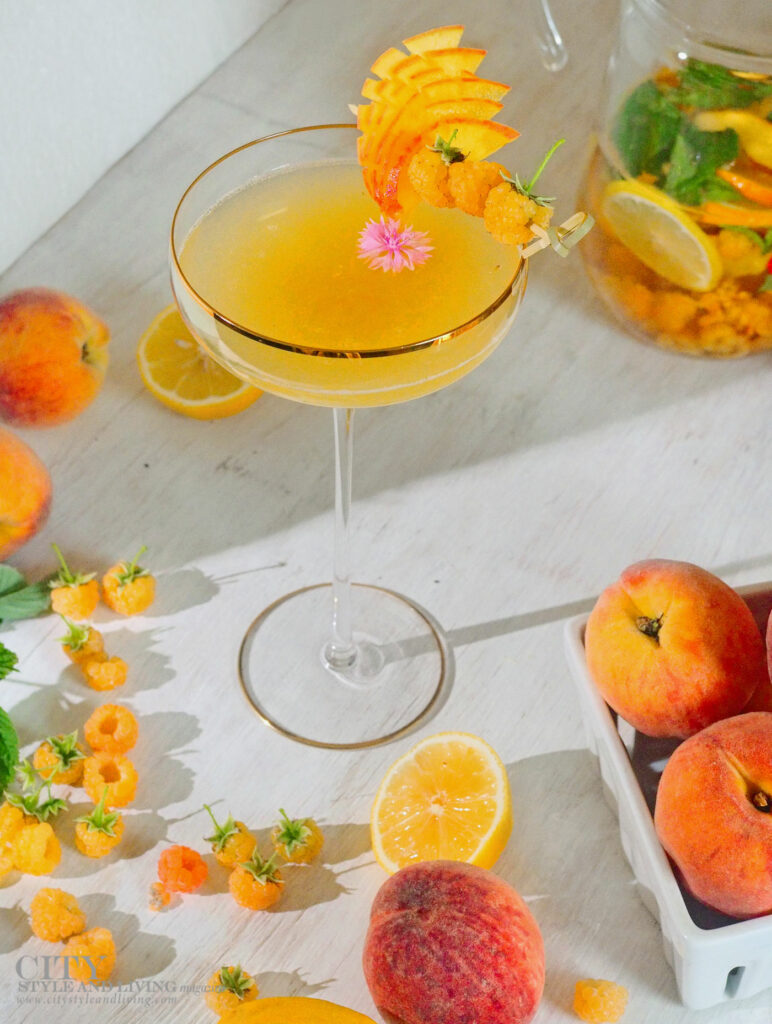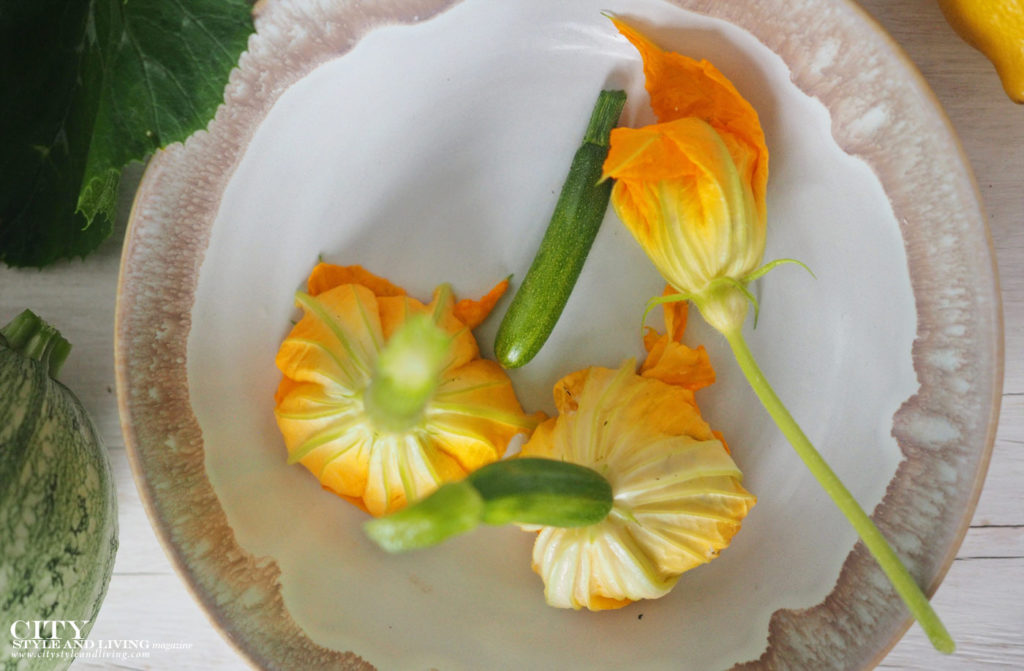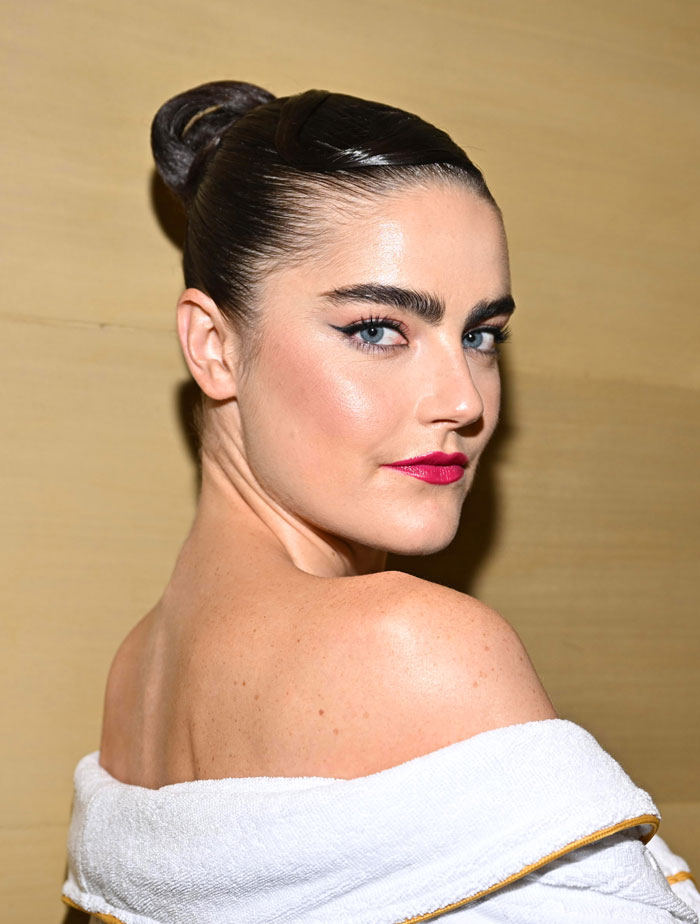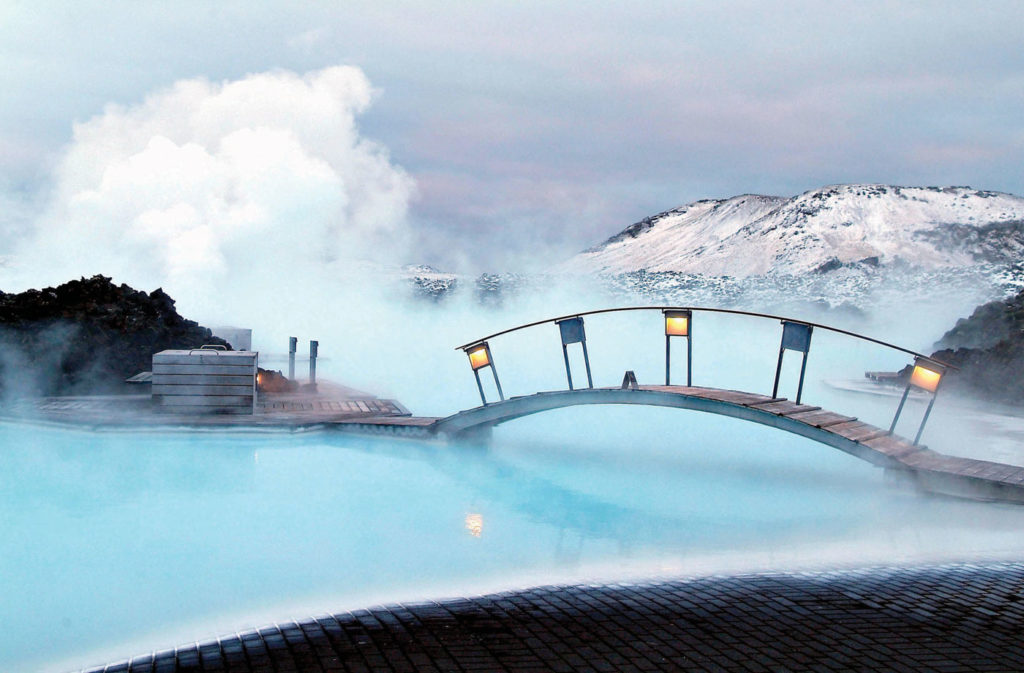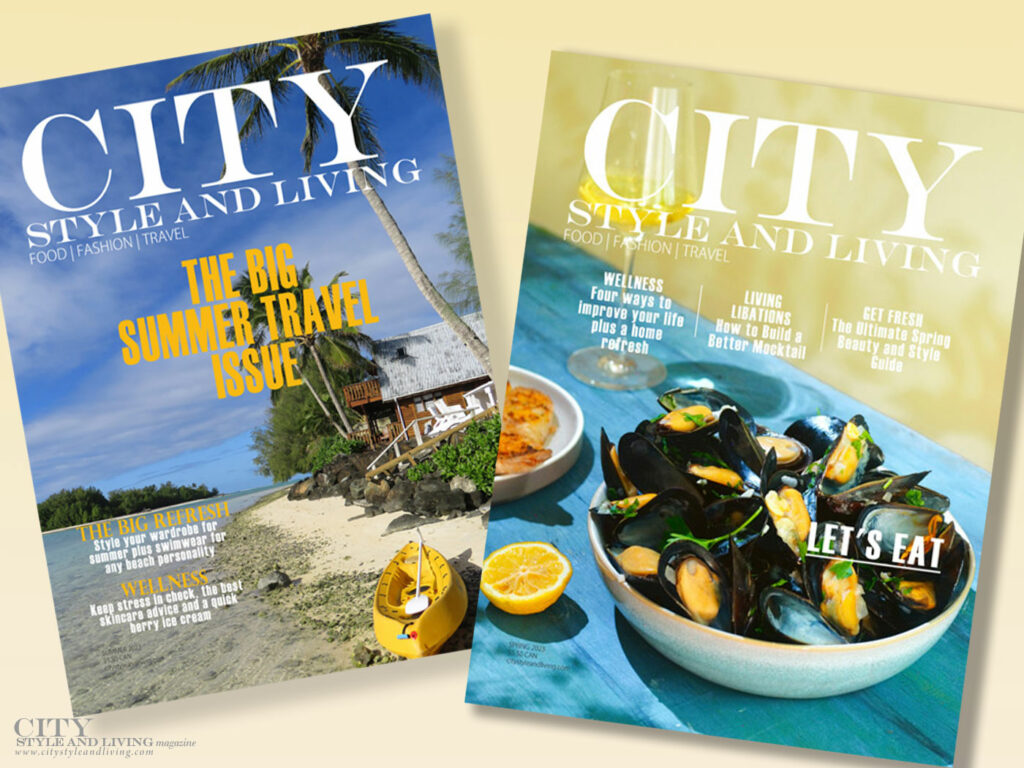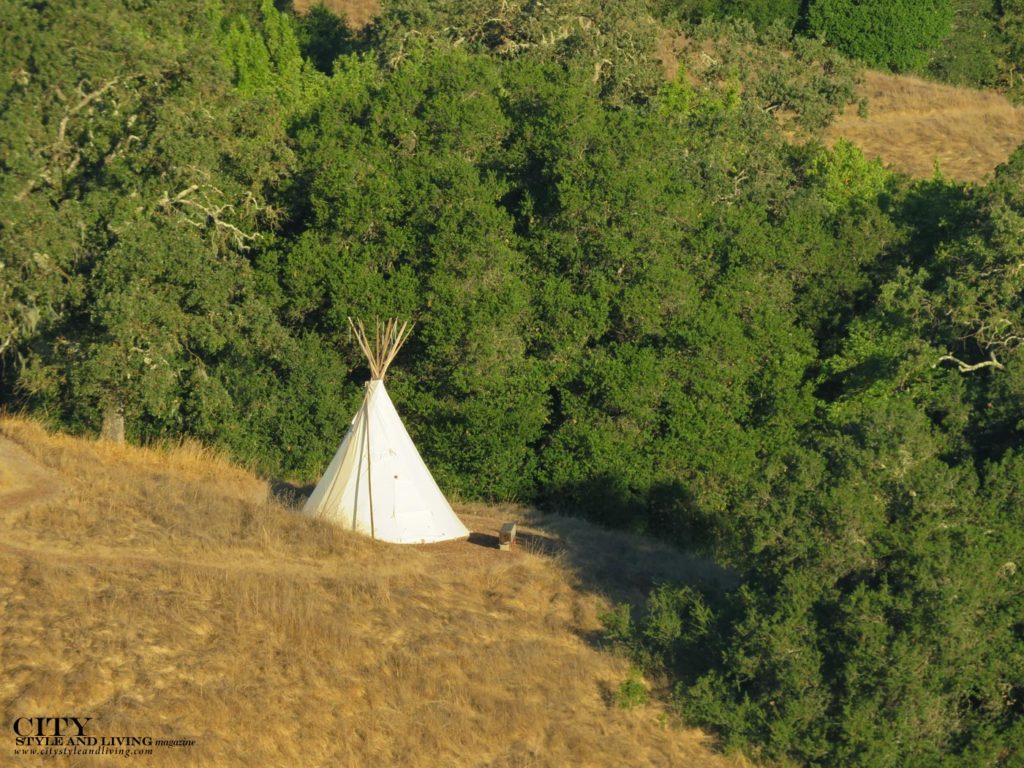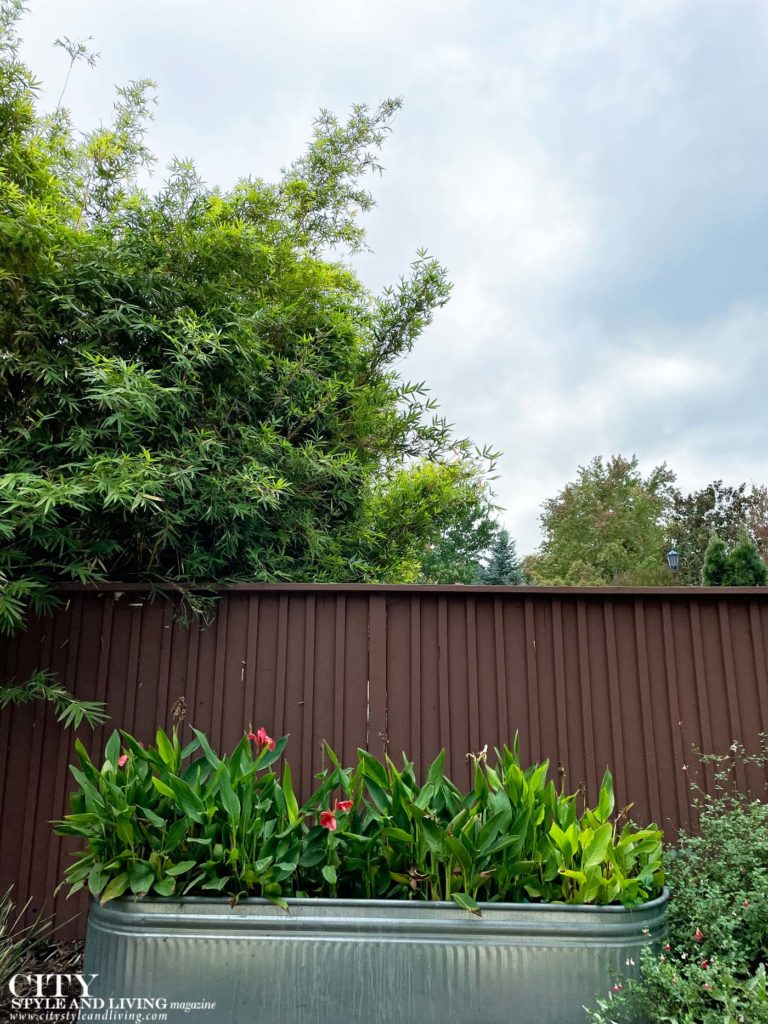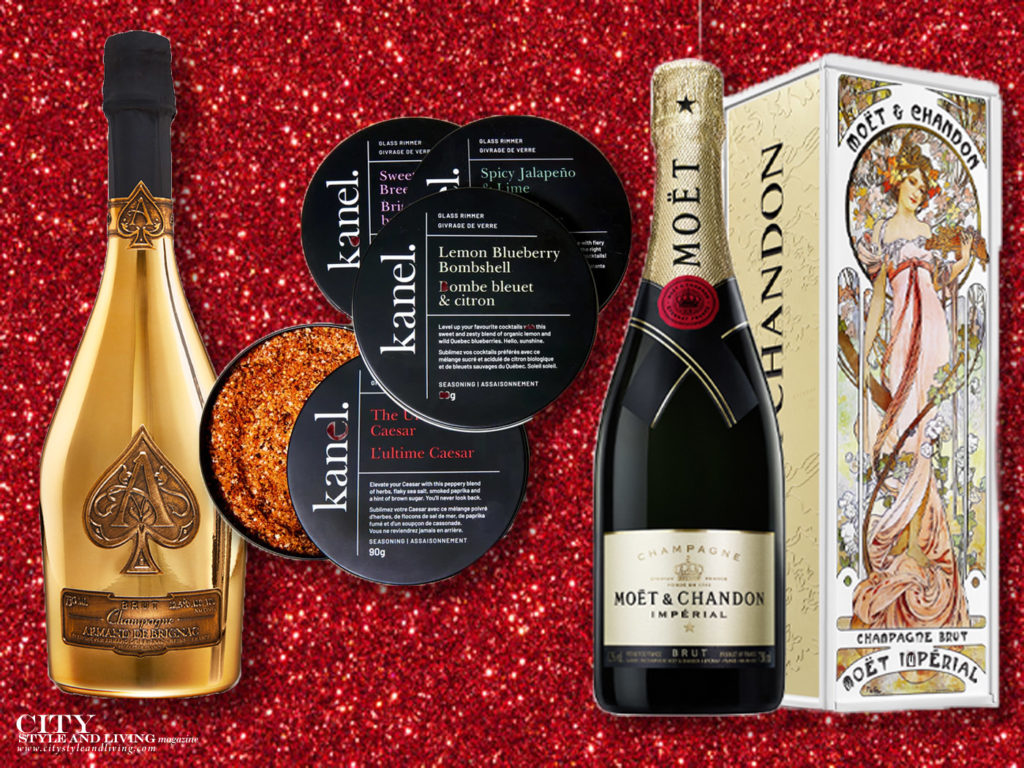
With confident flash, this 60-mile stretch of white sand beach boasts everything great trips are made of and a few surprises too.
Lessons learned. Don’t ever row a tandem kayak unless you’re intent on disagreement or divorce. Instead of gliding along the salt marshes of the Lowcountry, we scrape the oyster bed floor with paddles, push off from embankments where spartina grass grows, straining to hear our guide, Mandy, recite tales of pirates and birds. Occasionally, by some providential grace, we manage to coordinate our efforts just enough to see a pair of bald eagles circle the air or watch oyster catchers wade or simply dip our hands in the water.
Here, near Murrells Inlet, as part of Black River Outdoors Kayak Eco Tour, Mandy dares the group to experience firsthand the black, sticky plough mud (pronounced pluff), that farmers once used to fertilize their soil. The lone, brave kayaker who obliged, is sunken into the viscous mud, which seems to pull her deeper with every move. Unable to turn, she finally extricates herself by a combination of will and brute force, laughing the entire time.
This is the South Carolina of Archibald Rutledge, the state’s first poet laureate and a native son. If Charleston is a rarefied museum, Myrtle Beach is the popular playground. Choices abound, a merry-go-round of restaurants, shopping, nightlife, water sports and of course, golf – as if life without a multitude of choices were not just boring but inconceivable.
The greater Myrtle Beach area with 60 miles of white sand beach extends all the way from North Myrtle Beach to Georgetown in the south. This collection of 12 communities is known as the Grand Strand, among them: Pawley’s Island with its historic architecture, Murrells Inlet with its gorgeous boardwalk, and Atlantic Beach where African-American families historically vacationed. The Grand Strand lies cradled by the Waccamaw River and the Intracoastal Waterway on one side and the Atlantic Ocean on the other.
Though each community has its own vibe, Myrtle Beach is the epicenter of activity, with ample amenities. A mere one-and-a-half hour flight from Toronto, the retirement city is surrounded by swaths of oceanic forest, salt marshes, and barrier islands. A perplexing upside down building, mini-golf complexes, a King Kong replica, and massive crab buffets instantly seize your gaze along highway 17, but take one of the residential streets to Ocean boulevard and a small enclave of Art Deco-style buildings (a mini-South Beach, Miami) skirts a beach that defies the laws of perspective.
Go south and a hidden landscape explodes into astonishing biodiversity. Alligators, sting rays, birds, snakes and shellfish abound. Partly attributable to wealthy northern philanthropists who bought former rice plantations and turned them into winter homes beginning after the Civil War, the sheer natural abundance is also the result of four refuges that make up the South Carolina Lowcountry Refuges Complex. From Myrtle Beach State Park through Huntington Beach State park all the way to Francis Marion National Forest, protected parks, refuges and reserves make for an outdoor adventure paradise.
Today, the greater Myrtle Beach area is a booming tourist mecca whose city population of 300 000 welcomes 17 million visitors a year. It’s clear to see why. From the family friendly Waterworks where kids can explore interactive science exhibits to Duplin Winery’s tasting room, and museums of every persuasion, Myrtle Beach caters to you – if there is a need to be fulfilled, it is done so, and in the charming manners of the South.
Epicurean life centers on King’s Highway which began as a Native American trail. It gained prominence as a link between the colonies, decreed by Charles II of England. Though the current highway was moved from its original colonial location, its length is scattered with restaurants, including Aspen Grille. The former steakhouse was purchased by North Carolina native, Curry Martin, in 2009. The restaurant now serves Carolina cuisine, seafood and local produce, though its steakhouse past is resurrected in a selection of charbroiled steaks, comfort-food sides and classic salads.
“I loved restaurants and went to Johnson & Wales in Charleston,” says the chef who worked in the wine business, before returning to restaurants. “In the South grandmothers cook and the women were inside cooking and the men outside grilling,” he elaborates about how his upbringing has influenced his cooking style. “We had Southern family gatherings with roast pork and all would bring something.”
Aspen Grille has a retinue of friendly staff whose strolling wooden carts enable tableside service. Alongside staples like shrimp and grits, Duroc pork chops and fried green tomatoes, Martin has concocted a menu that draws from around the world. A gorgeous seared yellow fin tuna sits atop Asian slaw and wasabi cream, lamb rack is served with a fanciful feta orzo cake and house made bread pudding is punctuated with blueberries.
There is a flurry of places to stay on the beach but the location of the Marina Inn at Grande Dunes, quietly removed from the hubbub of downtown, near a large shopping and entertainment complex remains attractive to a discerning crowd of golfers, business people, wedding parties and couples. The Intracoastal Waterway in its backyard reinforces the Venetian-style architecture as does its colour palette of earth tones. Guestrooms invariably look out onto the outdoor pool area, waterway or the marina from private balconies.
Black and white photos of Myrtle Beach in the 1960s decorate common areas and, on mornings, a library stocked with newspapers makes for a cozy place to sip coffee. While there are several dining choices ranging from the casual Reflections to Anchor Café with its beautiful views, Waterscapes, the restaurant offering local, sustainable and fresh ingredients is a good choice for elegant fare. Executive Chef Julien Lancrerot, a native of France, has cooked for heads of state and pop stars but retains a commitment to ingredient-driven cuisine. “What matters to me is passion, and making people happy through food,” he insists.
As the days pass, a clear itinerary, informed by Myrtle Beach’s easygoing nature and the plethora of activities on offer, comes into being: mornings on the water, and dinner and a show in lit up Myrtle Beach in the evening. Days of contrasts – the sort that typify Myrtle Beach – are all too simple to enjoy in a place that packs so much activity into such a small geographical space.

Fishing boats loaded with supplies lurch forth from Cape Romain National Wildlife Refuge, meeting place for the ferry ride to Bulls Island with Coastal Expeditions. Plenty of families and a few couples pile onto the boat for the short ride to the 66 287-acre uninhabited barrier island. Clapper rails hide in the cord grass of the salt marsh while spray from the boat lands on giggling faces. As we near the dock, Captain Wil Christenson spots dolphins and points to a hazy Charleston on the horizon.
Some long unconscious instinct draws the entire group to the beach, unimpeded by a lack of concrete directions. An armada of mosquitoes – a rarity this season, but meriting a warning from Christenson – covers umbrellas used as shields, turning the white cloth black in an instant. Street signs, incongruous in this near wilderness, serve as markers for the directionally challenged, and picnic tables make for rest stops. In the span of a mere mile, live oaks and cypress give way to marshland that hides alligators, and elsewhere, red wolves. Mammoth butterflies flit as if to guide the way, until eventually muddy soil becomes sand.
Boneyard beach, the group’s ultimate destination, is barren but not lifeless, defined by negative space rather than fullness. Over time, the sea has encroached on the forest leaving only the sculptural curves of tree branches. It is as if Poseidon’s relentlessly pounding waves served the greater cause of his artistry. Felled palmettos, horseshoe crab shells, silver dollars, and turtle eggs dot this otherworldly landscape.
Back in downtown Myrtle Beach, Sea Captain’s House is set in a 1930s cottage. Like a comfortable beachside home with checkerboards and dominoes sitting on large wooden tables, hardwood floors and dormer windows, the family-run restaurant has an extensive menu with an emphasis on classic southern food, and seafood.
Although dinnertime has yet to officially begin, the restaurant is full and the staff move briskly, while managers stop by tables to chat. The Captain’s Seafood Muddle, a hearty soup with sautéed shrimp, scallops, fish, clams, mussels, bacon, potatoes and celery in a saffron tomato broth, and succulent lobster tail with a side of hush puppies play to the restaurant’s expertise. It seems, though, that every table has ordered the delicious she-crab soup.
As dazzling neon lights take the place of the sun, Myrtle Beach’s flair for entertainment comes to the fore. The Carolina Opry which has been running for 30 years is one of the best choices. Country classics, new songs, comedy and dance are performed in a theatre that seats thousands. Different shows cater to varying demographics though the productions are consistently outstanding.
Myrtle Beach is a place too where at least one person in the crowd is celebrating something – an anniversary, wedding, birthday. The atmosphere at shows, on the beaches and in restaurants is therefore convivial and celebratory. At Legends in Concert, another of the Strand’s popular shows, the audience sings along to well-known hits, including one of the best Elvis impersonators I’ve heard.

Walk a mere five minutes along the 1.2-mile oceanfront boardwalk and Myrtle Beach’s carnival atmosphere comes to life. The whole Grand Strand appears laid out in unending beauty with people incontrovertibly drawn to the ocean. There are bungee rides, arcades, restaurants, and gift shops, the hum of people enjoying the last days of vacation.
Though a relative newcomer, the Myrtle Beach SkyWheel, a 187-foot tall Ferris wheel, with 42 enclosed gondolas has already become iconic. The observation wheel rotates several times stopping at the apex to give enough time for selfies, aerial photos of the beach, and to locate now familiar landmarks.
There are excellent local haunts spread throughout Myrtle Beach. Thoroughbreds, where locals off from work gather at the bar, contains countless horse racing themed rooms. A fireplace in one, makes for a warming spot to enjoy bouillabaisse from the Seabiscuit portion of the menu and a generous sea scallop ramekin from the Starting Gate menu. Creative chef John Thomas Tapper II has modernized the menu at the long established local restaurant. Cypress Room at Island Vista is a family-friendly hotel on the beach. Seared scallops and risotto and Low Country Bouillabaisse continue the coastal seafood theme but nighttime cocktails are a standout.
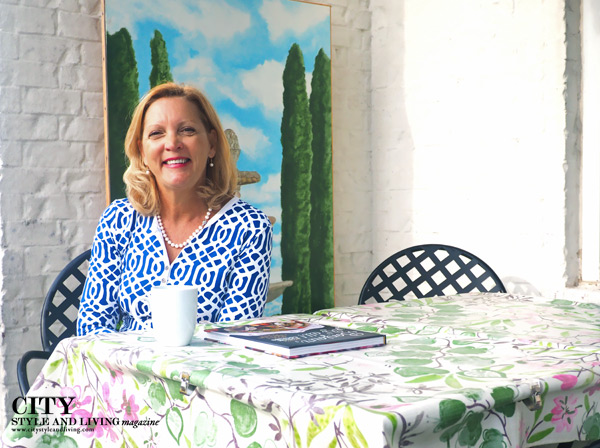
In a three-storey building with sunny awnings, Heidi Vukov has transplanted a slice of Europe with her Croissants Bakery and Bistro. Southern food and Americana with French flourishes – ambrosia served beside crab Benedict, Pennsylvania Dutch style pancakes with their crisp exterior and fluffy interior served in a cast iron skillet and some of the best shrimp and grits in the area – quickly garnered the self-proclaimed cake decorator a loyal local clientele and, by 2007, she had moved to her current, larger location.
“In 2008 the economy tanked, so we added dinner and hired a chef,” she says of the costly and counter intuitive moves which, she credits with enabling her to reach her milestone twentieth anniversary in business. A native of the northeast, Vukov was fascinated by the cakes she had seen as a child in her father’s native Germany, and opened the restaurant which serves breakfast, lunch, dinner and brunch, soon after moving to Myrtle Beach.
Today, display cases are filled with tiered cakes, cookies, and pastries and there is a friendly, familiar air to the restaurant. Vukov is open and generous: even before I sit down she has invited me back for brunch on the weekend, and insists that I taste one of her favourites, affogato. A simple dish of house-made gelato and espresso, it is a revelation. It could have been made easier with outsourced ingredients, but instead, speaks to the conscientiousness of the restaurant. “It’s a very close community [in Myrtle Beach]. All we have is hospitality,” explains Vukov.
On the beach at Huntington Beach State Park, fishermen catch whiting, pompano, mackerel and sea bass while couples laze on lounge chairs, books plopped carelessly on chests. Unlike beaches in other parts of the country, the wide expanse of white sand is mainly uncluttered. No need here to hurriedly stake out a tract of sand early in the morning guarding it with all tenacity of a first time mother. There’s too much undisturbed beach for that.
The park’s unexpected world of creeks, lagoons, salt marshes, and Atlantic Ocean is barely hinted at by a pedestrian and vehicle causeway offering freshwater and marsh views. Trails lead to optimal birding opportunities and lookout huts offer close-ups of alligators sunbathing on a sandy spit.
An asphalt path scattered with cypress trees, leads inevitably to the relic of Atalaya, the former home of wealthy Archer Huntington and his sculptor wife Anna Hyatt whose property included what is now neighbouring Brookgreen Gardens. A Moorish style mansion and National Historic Landmark, Atalaya’s brick interior lays empty though its grounds are well cared for by a group of friendly volunteers who are eager to answer questions or simply chat.
Across the road from Huntington Beach State Park a pair of aluminum horses rearing up, hurtling a rider to the ground while another struggles to stay astride, mark the entrance to Brookgreen Gardens. This kinetic dynamism, of one force against another, gives way to multiple iterations throughout the park – at times plants compete with statues for attention, or abandoned rice fields slowly succumb to natural forces of destruction or again, in the ultimate duel, a solitary labyrinth dares us to confront ourselves.
Divided informally into sculpture gardens, a Lowcountry trail and zoo, the 9 000 acre property was once four rice estates and has been rated among the top ten gardens in America. Paths lead to fountains where marble statues ponder their reflection, bronze fawns peek from behind hydrangea, and Spanish moss cloak live oak trees while thousands of caladiums gather at their trunks.
In a wooded area like a tree house, slave cabins and interactive displays give a glimpse into the distinctive Gullah culture. With its mild climate and tidal rivers, the Lowcountry proved an optimal rice growing area. Slaves from West Africa were brought to plant the preferred Carolina Gold rice variety, and their basket weaving, dialect and storytelling engendered a culture that continues to this day.
To imagine the days of rice growing takes little effort at Hopsewee Plantation. The 70 acre plantation has been owned by only 5 families since being built between 1733 and 1740 and little substantive changes have been made at the main house. As a boy, Frank Beattie admired Hopsewee and in 2001, on the brink of being sold to developers, he, along with his wife Raejean purchased the property where Thomas Lynch Jr., signatory of the Declaration of Independence once lived.
Since then, the couple has added River Oak Cottage Tea Room that grew from the word-of-mouth success of a Red Hat Society tea service. Savoury and sweet bites, scones, tea sandwiches, and Lowcountry special with pulled pork, collard greens, and pirleau (a rice pilaf) are served on floral china alongside tea.
At Hopsewee Plantation, personal and national history intertwines. Photos of Mr. Beattie as a boy hang beside books about the revolutionary war; an old carriage step is spied from an upstairs window, and a gun that belonged to Raejean’s great-grandfather sits near a flat screen television. “Ah,” says Raejean as we finally enter the upstairs back porch on the banks of the Santee River her eyes brimming with tears, “this is the best place in the world to have coffee in the morning. God was in [this purchase].”
For those looking for seafood, the menu at Café Amalfi at the Hilton Myrtle Beach Resort, features dishes like crab stuffed flounder, fresh seafood chowder, and spicy crab and clam spaghetti. With artful and subtle international touches like a hint of tamarind in the green tomato and sweet corn relish that accompanies the pretzel crusted crab cake, the food balances classic tastes with just enough of the new.
In the fading sun, floor-to-ceiling windows peer out onto locals enjoying the beach. Waiter George Clark is a legend at the restaurant having worked here for decades. His guiding touch and care have garnered him praise from, among others, the local Chamber of Commerce. A couple from Hilton Head, regulars at the restaurant, has an easy rapport with him. It is his attention, along with that of Chef Sean Villanueva, that makes my evening here special.
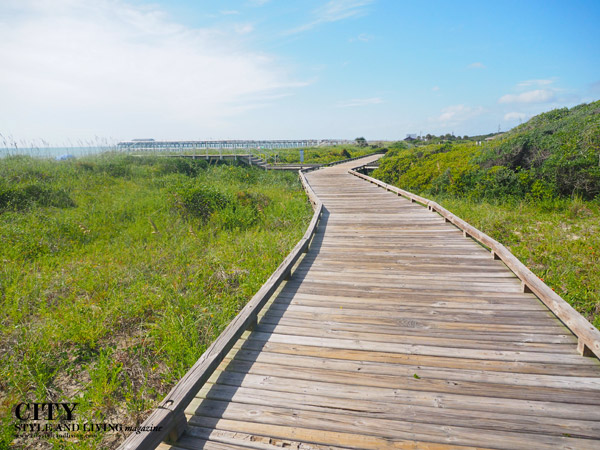
Although razzle-dazzle and showmanship keep Myrtle Beach buzzing (and fun), venture to its fringes and an equally riveting natural world comes alive. “Do you want to tag monarch butterflies?” asks Ann Malys Wilson, Interpretive Ranger at Myrtle Beach State Park as she sprints, net in hand, from the interpretative centre. We end up chasing Gulf Fritillary on more than one occasion, which, to me are a doppelgänger for the monarch, but to Wilson’s trained eyes are clearly dissimilar.
At one point she picks up a piece of garbage lodged beneath the boardwalk, and steps later stops to explain how saltwater winds have bent trees as if leaning to hear a whisper from the sea, though it is not until we encounter a group of fisherman at the pier where sharks circle underneath, that her environmental conscience becomes clear. She convinces a fisherman to throw back a croacker instead of using it for bait and nearly skips for joy at her victory. Someone nearby retorts, “You can’t save them all.” “It made a difference to that one,” she whispers. Her belief that one small act makes a difference evident in her actions.
Further down the highway, nearly obscured by trees, Hobcaw Barony is another of the area’s famous former rice plantations. The 16 000 acre property on Waccamaw Neck was purchased by wealthy financier Bernard Baruch of New York in the early twentieth century. Eventually, it became the home of his daughter Belle W., an accomplished equestrian, aviator and sportswoman. It is her legacy that permeates and has enabled scientific and educational programs to continue through an eponymous non-profit organization.
A bus drive through restored longleaf pine woods, once nearly pillaged to extinction because of its utility as naval stores (including masts) leads to the slave village called Friendfield with its minute cabins, until finally we arrive at the house. “Close your eyes and imagine nothing else here,” says my guide motioning to a highway and industrial sites in the distance, as if this gesture would erase their presence. “At one time you had to take a boat to get here,” he explains to further illustrate his point. The 16-bedroom house hosted notable guests including Winston Churchill and even, somewhat scandalously, a secret rendez-vous between president Franklin Delano Roosevelt and his mistress. A sepia photo depicting hundreds of ducks shot in a single outing piled high, speaks to the bounty of the area. With Baruch’s well-connected network some of the duck were destined for the White House after smoking.
Returning to Myrtle Beach, the three-deck Barefoot Princess riverboat plies the waters of the Intracoastal Waterway. The colours of the American flag appear in bunting while a musician plays familiar tunes. Two wedding couples take to the dance floor after dinner. Although mansions (including Jimmy Buffet’s) flank both sides of the waterway with a major roadway just beyond, the boat glides gently along as if nothing but the water existed.
In the pink sky, migratory birds soar past the bow as colour begins to fade to black. At the same time neon lights are being switched on elsewhere. That’s the beauty of Myrtle Beach. It is an easy place to love with in all its forms. A panoply of enjoyment no matter what you’re into.
This original article initially appeared in the Winter 2015/16 issue of City Style and Living Magazine. Want to know CSL’s top 9 Reasons to Visit Myrtle Beach Now?
